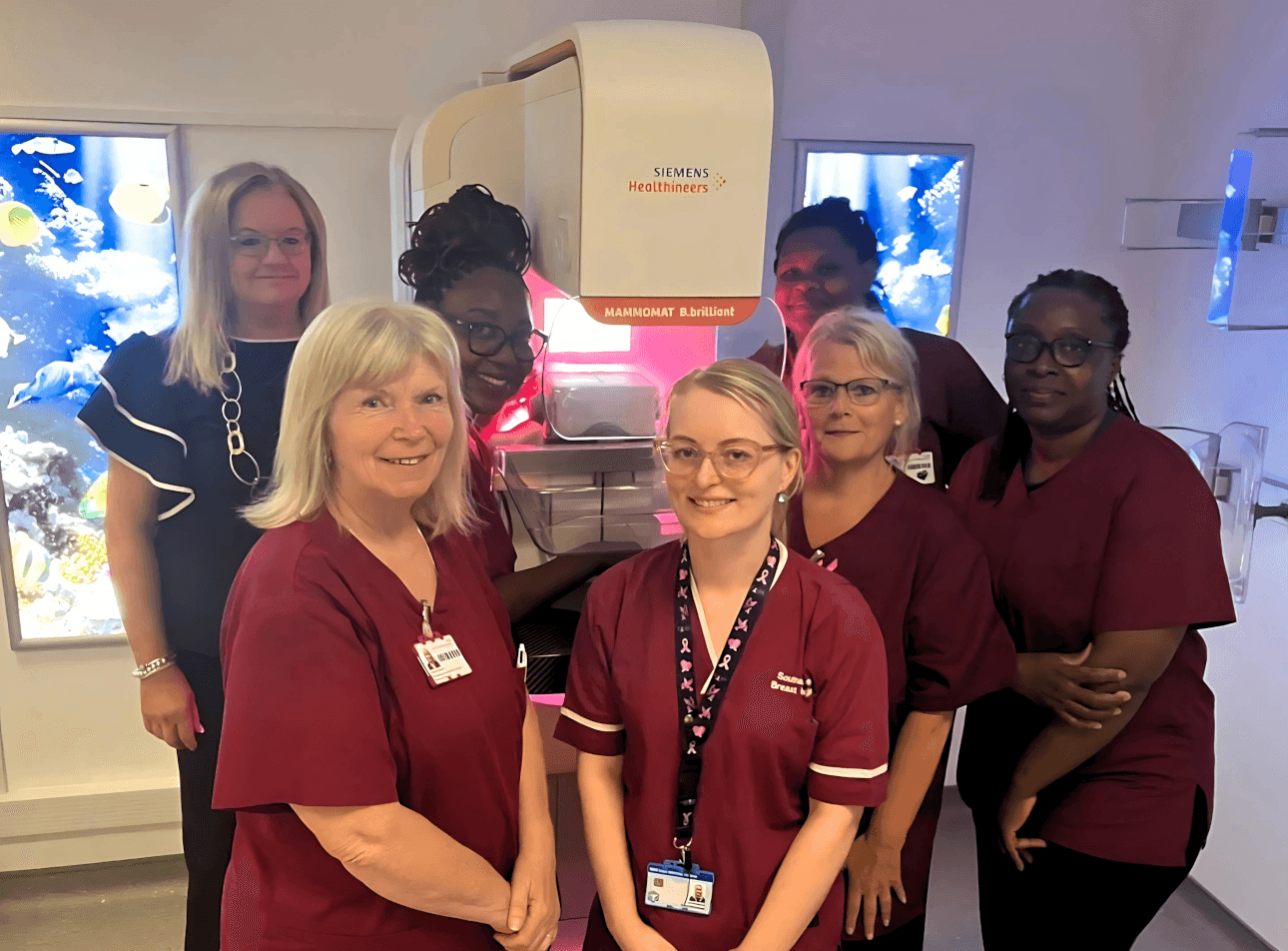Reporting platform addresses the variables of gastrointestinal imaging with a flexible workflow

Gastrointestinal (GI) radiology presents some of the most demanding cases in medical imaging, characterised by highly variable anatomy, multiple imaging modalities and overlapping clinical systems. From Crohn’s disease to liver lesions, no two cases are the same, says medical documentation software developer Smart Reporting.
The company’s reporting platform is designed to address this complexity by adapting to the clinical scenario, whether it is a cancer staging protocol or an on-call emergency CT.
GI imaging ranges from routine follow-ups to nuanced, post-surgical reviews. The Smart Reporting solution offers template-guided workflows for highly standardised cases such as liver lesion classification or rectal cancer staging. Free-form voice input with ambient functionalities is suitable for radiologists who need flexibility, such as during post-surgical or inflammatory bowel disease assessments. Smart assistance for everyday reporting delivers a familiar voice-to-text workflow, enhanced with built-in clinical logic and gentle prompts to support completeness.
The platform does not enforce a single way of working, but supports the radiologist’s preferred approach while enhancing quality and consistency behind the scenes. It helps tackle common GI reporting hurdles with: up-to-date guidelines within the report; intelligent scoring using automatic application of systems such as LI-RADS or pancreatitis scores; AI-powered summaries; visual annotation tools to explain difficult cases clearly, even across disciplines; and consistency checks to highlight contradictions or missing links.
Picture: Smart Reporting’s platform helps tackle common gastrointestinal reporting issues.
Read the full report on page 17 of the August 2025 issue of RAD Magazine.



